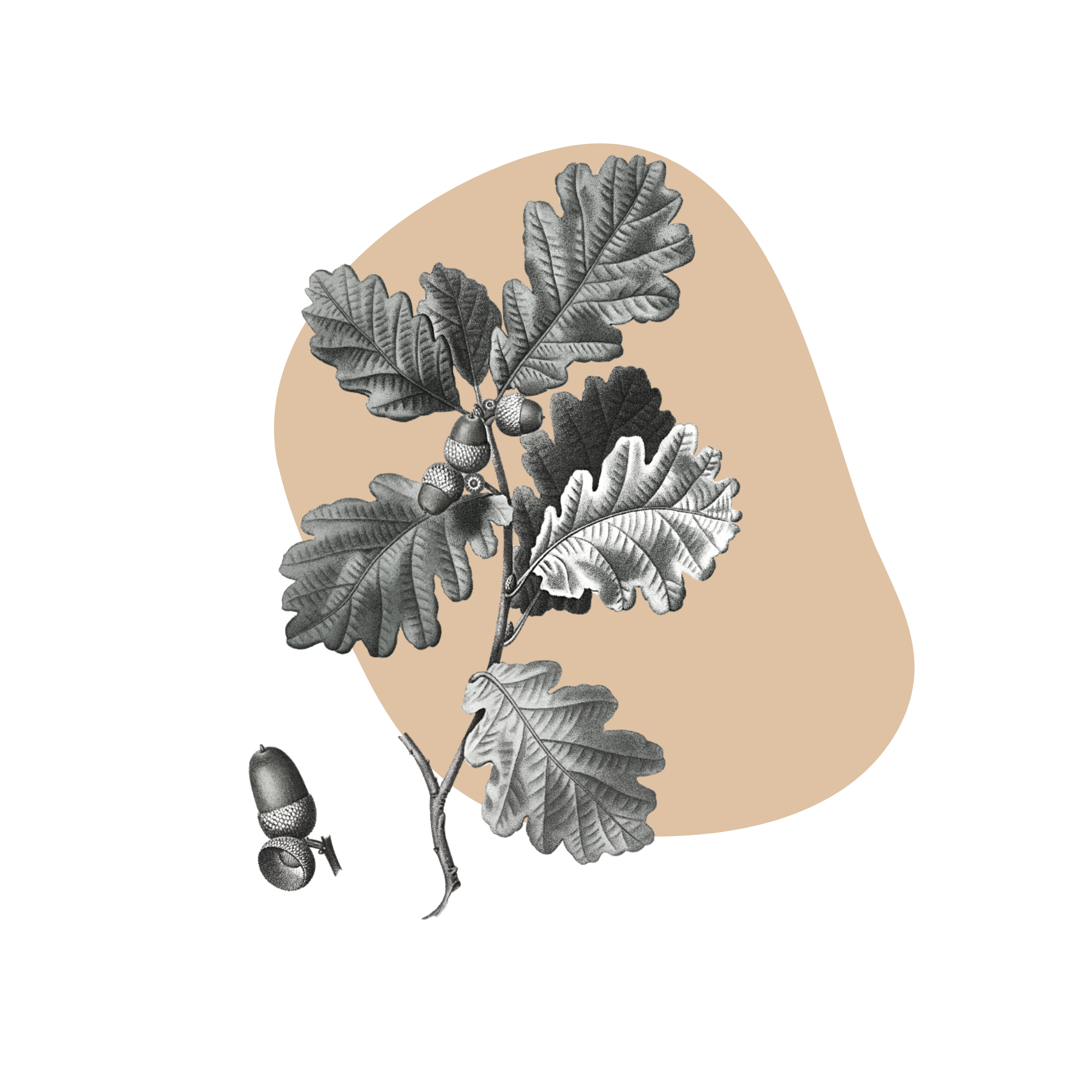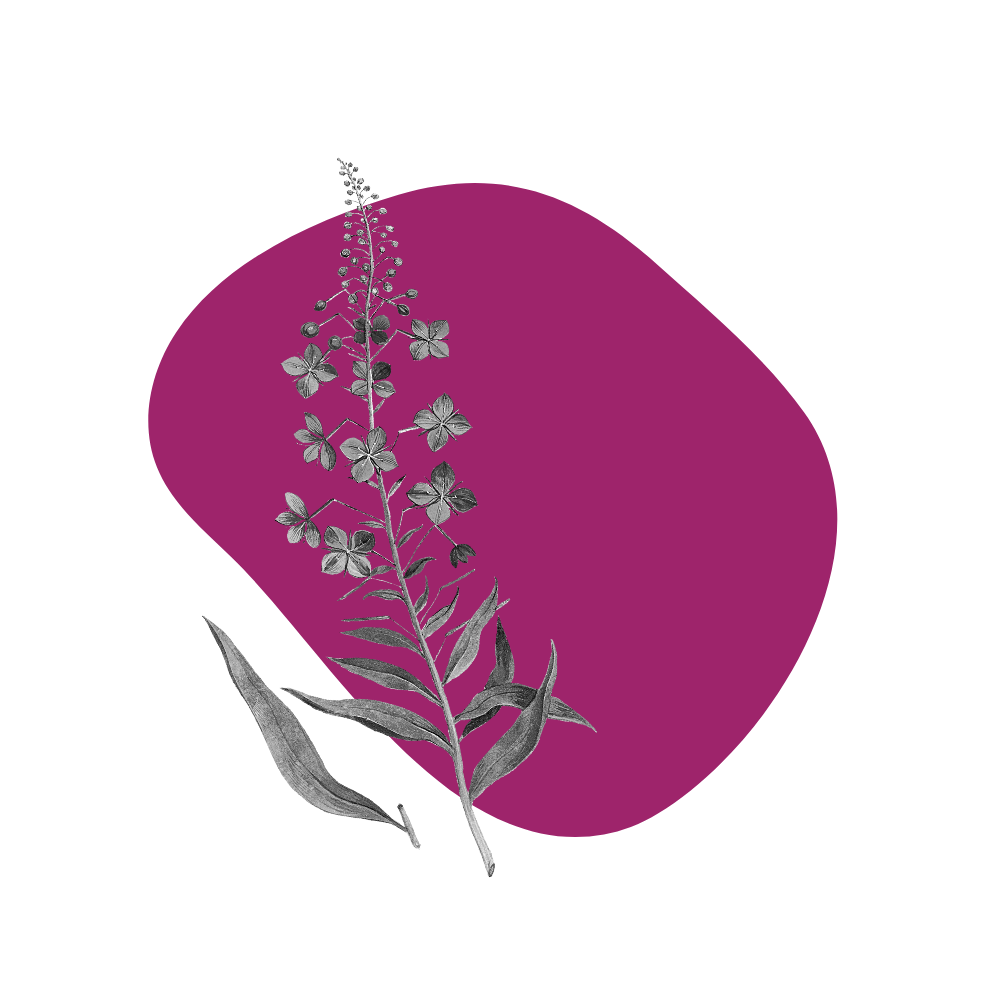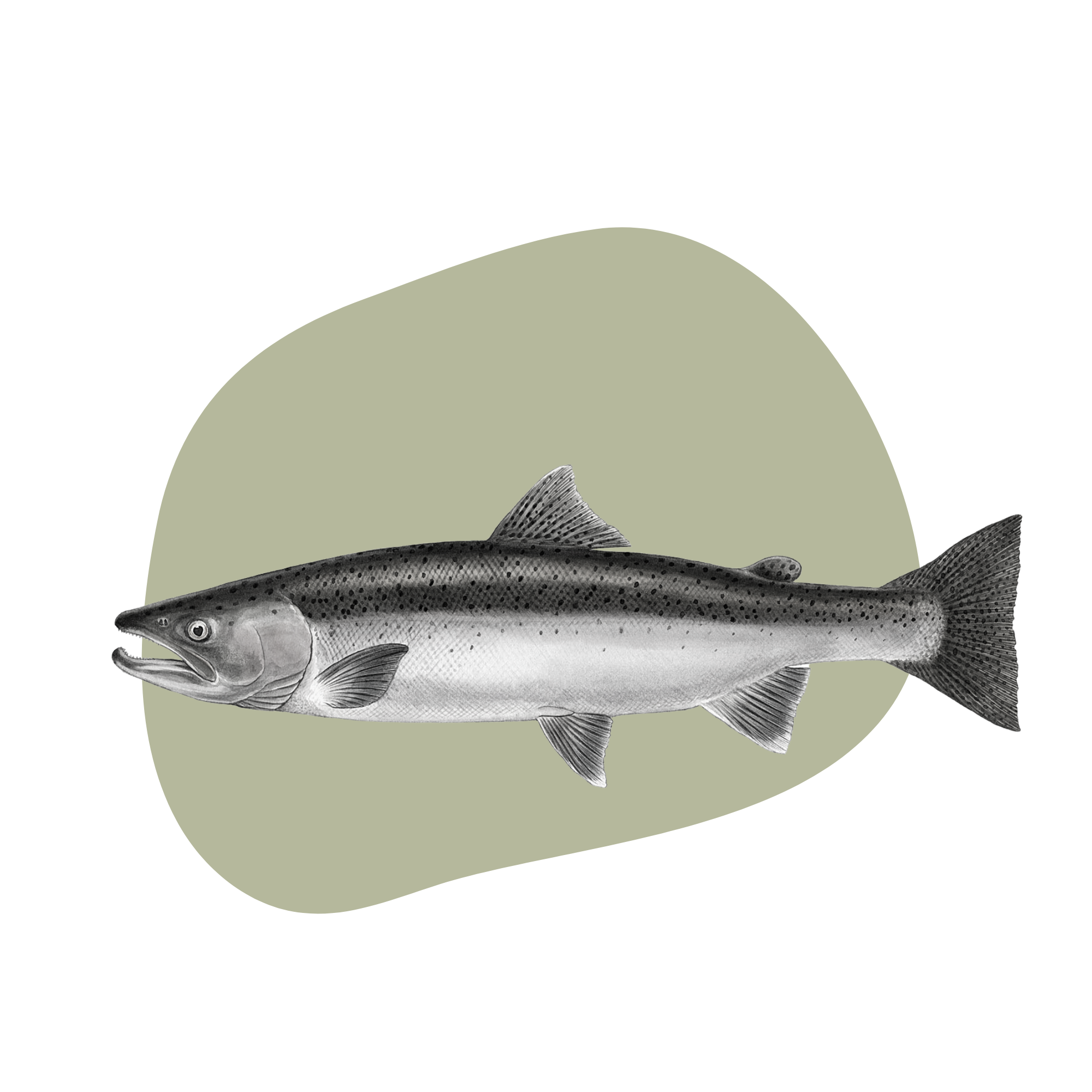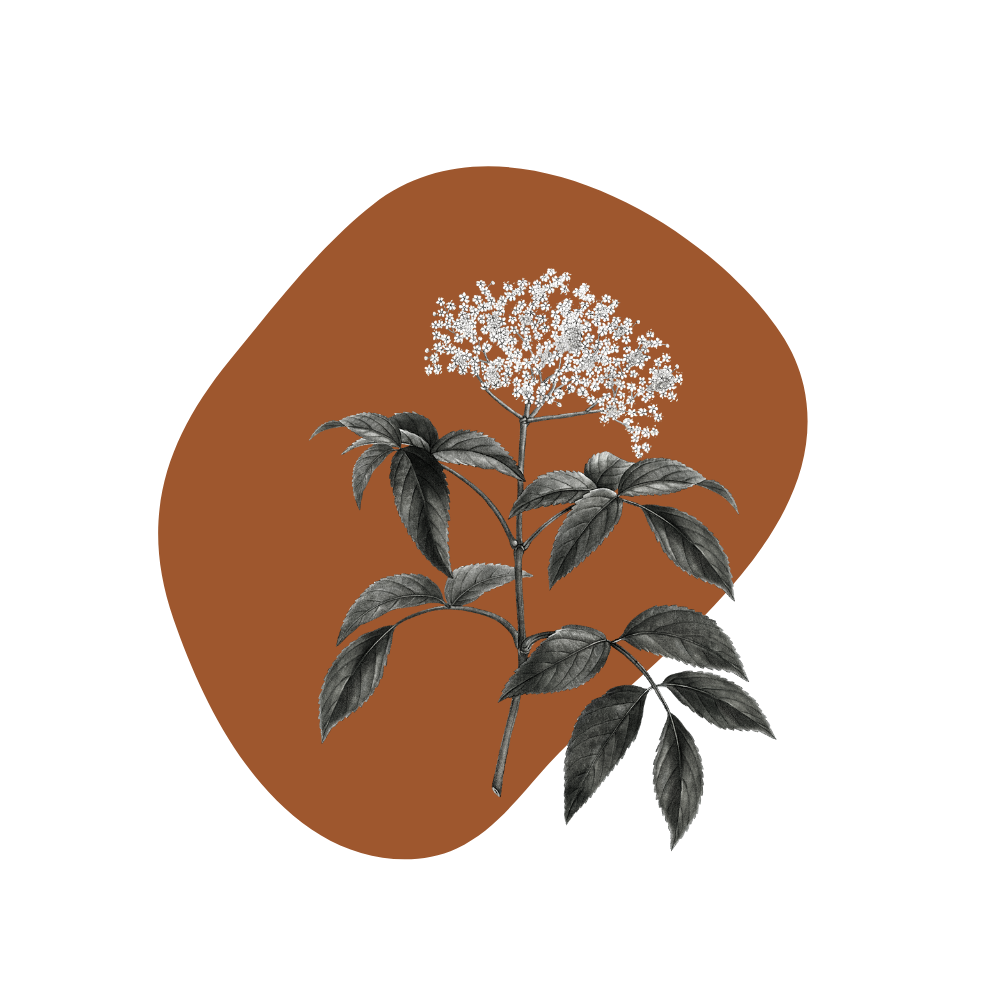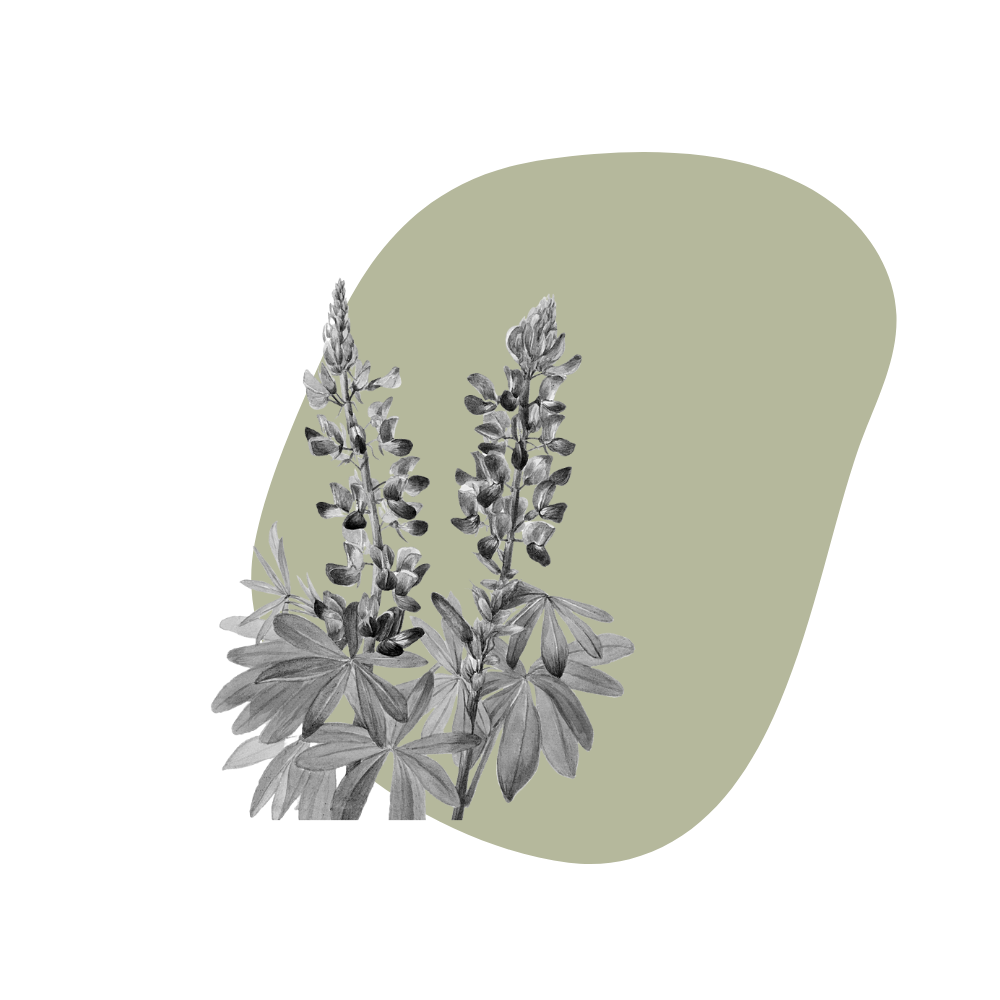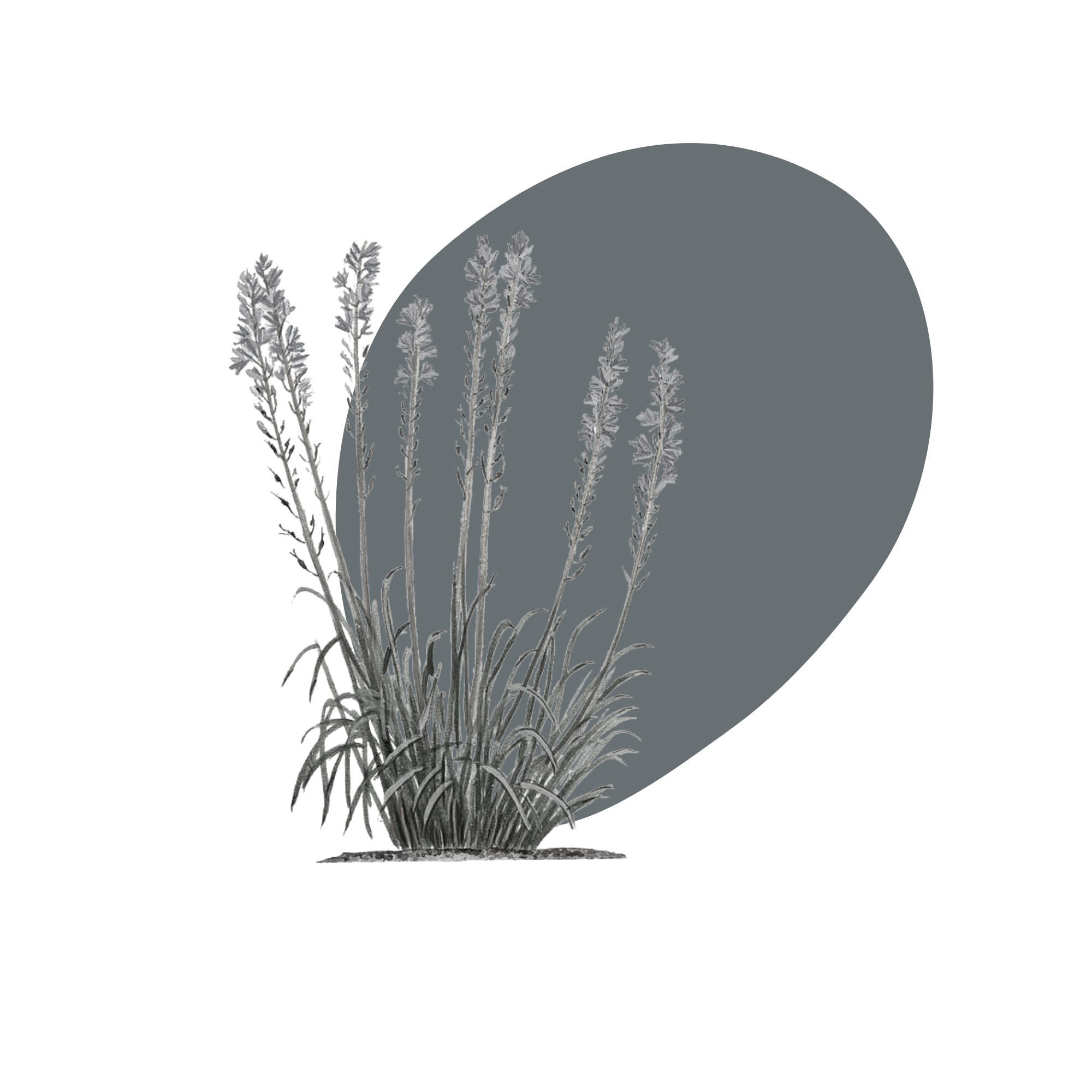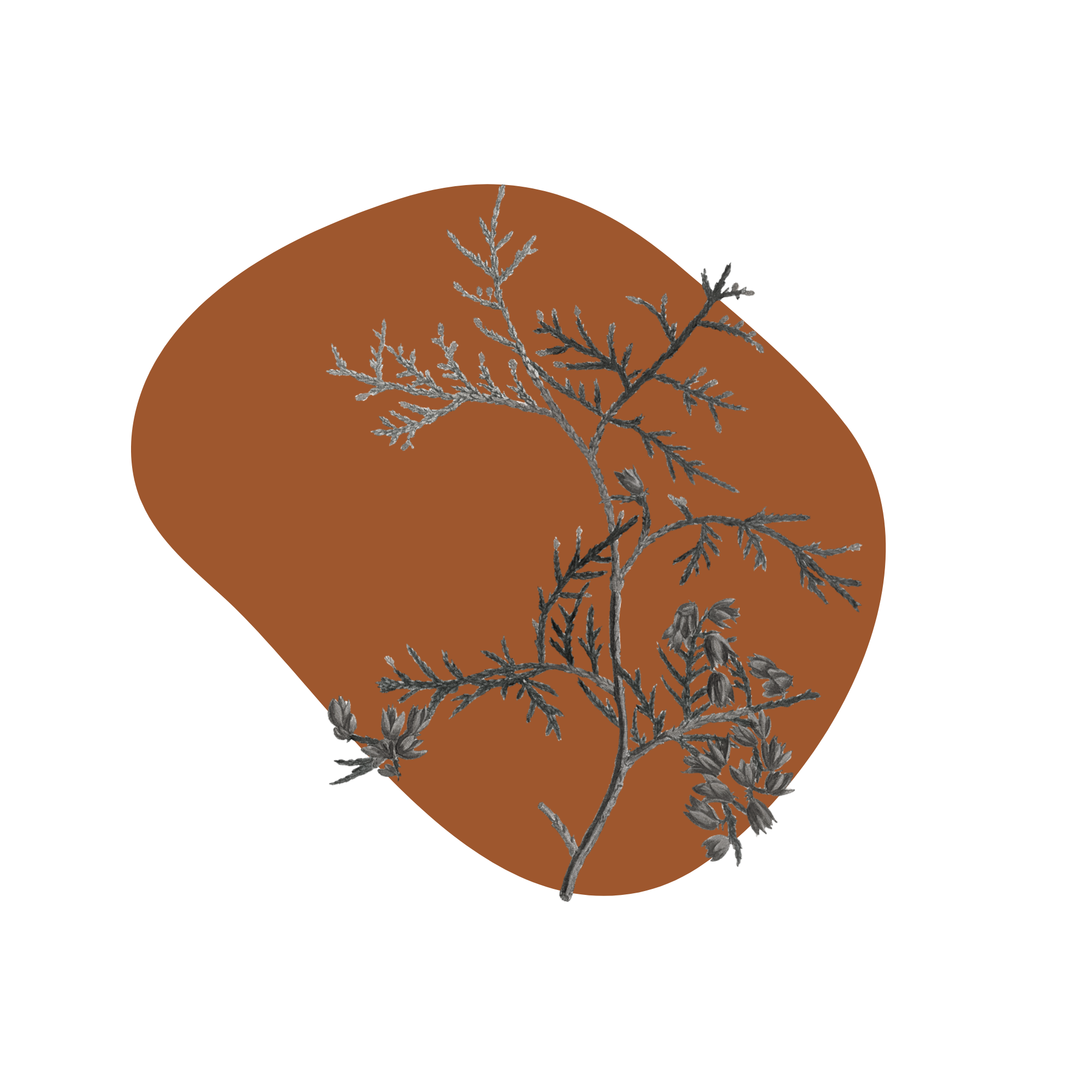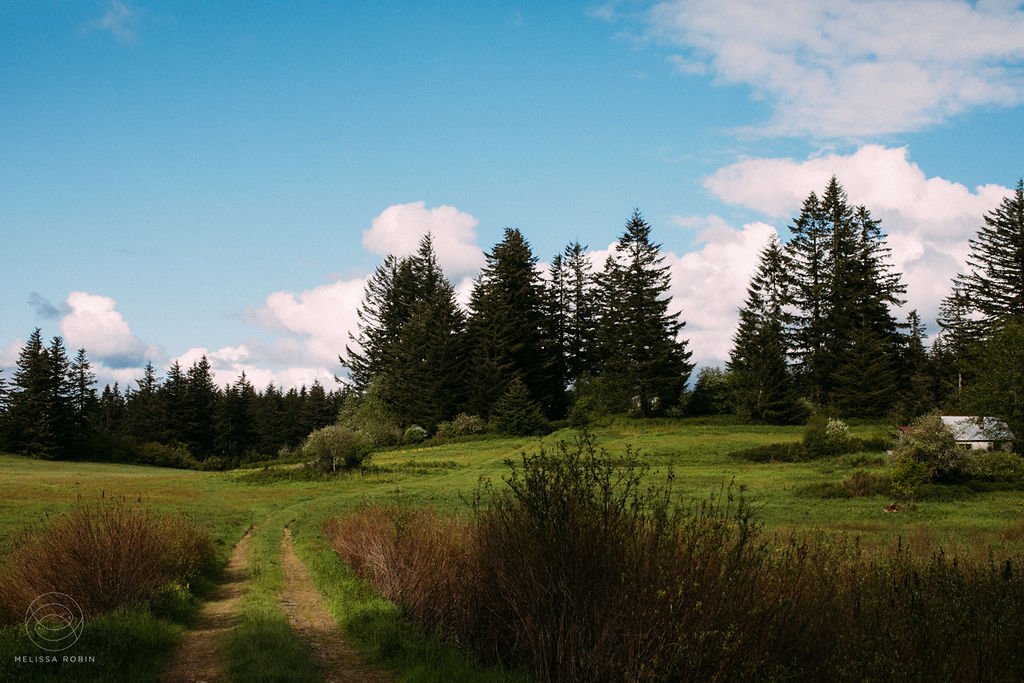
The land currently known as Bells Mountain is wild, beautiful, and diverse.
They encompass a diverse array of habitats and inhabitants. Wetlands, riparian areas, mature forests, alpine meadows, and established oak savannas are all thriving and teaming with verdant plant and animal communities. Much of the land has also suffered from generations of abuse and extraction. Through educated and informed stewardship, we hope to protect and support the Land and their more-than-human inhabitants.
We seek to cultivate right relationship with the land, and a root of relationship is language…
You may notice as you read this page that we don’t refer to the land as it, but rather they. This is because we recognize that the land is not only alive, but many.
The ecosystem we are co-creating with is plural, multiple, teeming with life.

Our Location
Stretched across the western side of what is currently known as Bells Mountain, part of the Cascade Mountain range, Beloved Emergence's home is located in a rural area 10 minutes outside the city of Battle Ground, WA in Clark County. These 700 acres are surrounded on three sides by State Forest lands and sit to the south of Moulton Falls State Park.
Positioned in the Salmon Creek watershed, cold water springs on top of Bells Mountain flow into year round streams across the Land. Downstream of the confluence with Rock Creek, this water system enters Salmon Creek, which winds its way southwest, eventually entering Lake River. Lake River enters the Columbia River shortly thereafter near the town of Ridgefield, WA.
Bells Mountain is about 40 minutes outside of Portland, OR and 2.5 hours from Seattle, WA.
We Acknowledge the Land
Peoples of the Cowlitz, Klickitat, Bands of Chinook, and many other tribes have made their homes near the waters of the Salmon Creek Watershed (where Bells Mountain sits) and have tended these lands since time immemorial. Beloved Emergence acknowledges that we make our lives and livelihoods on these traditional village sites.
Four generations of abuse, neglect, and extraction on Bells Mountain, has included logging, clearing, road construction, rock extraction, pond creation, and more. White settlers destroyed thriving ecosystems and human communities over just a few hundred years. Millions of people were violently removed from their traditional homelands, and Native American parents and elders were forced to submit their children to settler schools, which were meant to assimilate the children to white settler culture. We steward these lands knowing that our presence is part of an ongoing invasion and that these lands were, and continue to be, forcibly and unlawfully taken from their original Indigenous inhabitants.
We honor and respect all First Nations and the descendants of the traditional stewards of these lands, many of whom are still here in what we now call southwest Washington.
Join Beloved Emergence in learning and supporting:
As we forge relationships and humbly listen and learn, we're making conscious efforts to educate ourselves on tribal sovereignty and rights. This includes a commitment to protecting First Foods, including restoring oak woodlands that support Blue Camas. Beloved Emergence respects, shares, and supports a commitment to reciprocity, cultural and climate healing, and social and environmental justice.
The Flora & Fauna
The 700 acres stewarded by Remember Land contain diverse and bountiful plant and animal life. The Land includes wetlands, riparian habitats, mature forests, and established oak savannas that serve as home to WA candidate species of Cascade Torrent Salamanders, Pileated Woodpeckers, and Vaux's Swifts along with hundreds of other creatures. With magnificent views of Mt. Saint Helens and Mt. Adams, the land spans elevations from 600 to 2,400 feet above sea level.
Surrounded by State Forest land, portions of Bells Mountain have been largely modified by humans through logging, clearing, road construction, rock extraction, pond creation, and more. While damaging in places, the human touch also added more habitat edges and diversity to the landscape including the addition of a large meadow and several ponds.
Beloved residents of the land include:

Regenerative Agriculture
In our Regenerative Agriculture efforts, we seek to give more back to the cultivated areas of the land than we receive, entering into a wholeness relationship with the land that includes humans and the more-than-human as part of the healthy agricultural organism.
Planting and nurturing diverse plant communities and healthy soil, we support the possibility of a livable climate.
Agroforestry, silvopasture, intercropping, and more are being deployed or planned to regenerate healthy soils, enhance diversity of ecosystems, empower food security, and mitigate climate impacts.
By focusing this human activity on ecologically wounded areas, we enable development to be restorative; rather than cause more harm, our approach to agriculture returns degraded areas to biodiverse, fertile, healthy, states.
Our approach to regenerative agriculture is grounded in an understanding that:

-

The land is not ours to extract from, we are in partnership with it. We feed and care for the land, and the land feeds and cares for us.
-

The dominant model of extractive, mono-culture based agriculture lives not only in our land-based practices, but also within our minds and culture.
We are committed to the ongoing process of decolonization, which must be met equally with a commitment to honoring and learning from the guidance of indigenous leadership.
-

That the field of regenerative agriculture is still becoming, and will likely be evolving for a very long time.
We are committed to, first and foremost, listening to the land rather than to industry or trends to shape how we approach this work.
-

Carbon sequestration is an important element of regenerative agriculture, but not the primary goal, nor the primary metric of success.
Our north star is the thriving of the whole ecosystem, which includes attunement to hydrological cycles, soil health, biodiversity, and more!







